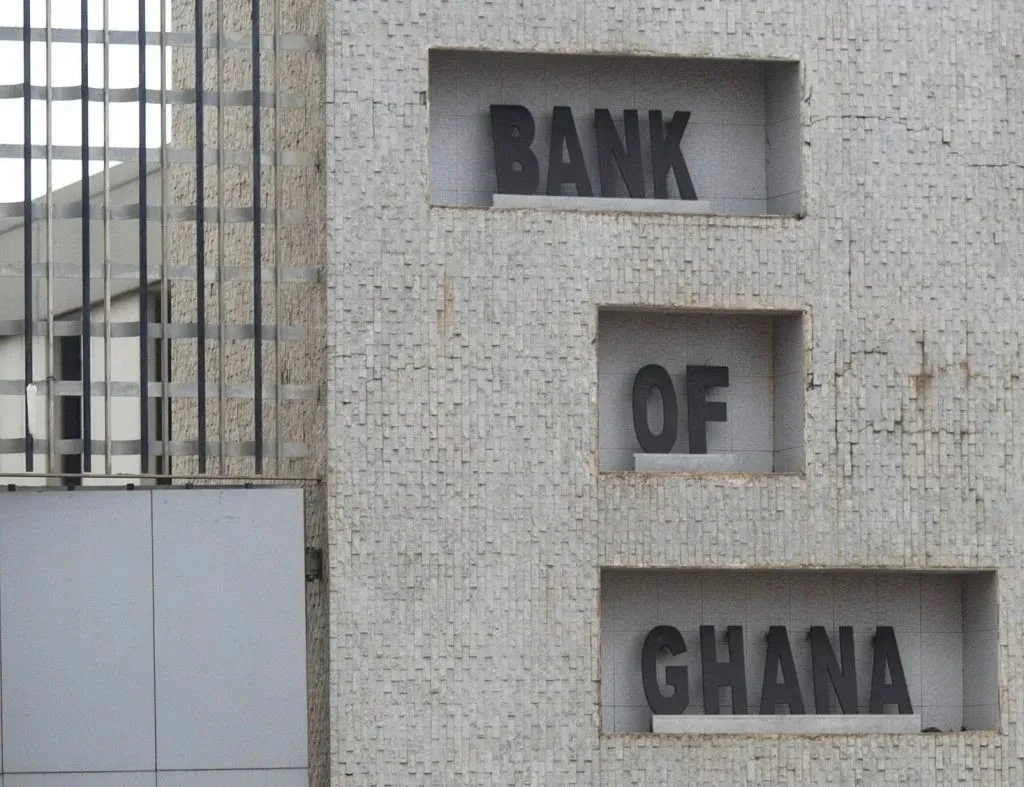A ‘risk premium’ factored into the determination of the monetary policy rate by the Bank of Ghana has been identified as the major reason for the policy rate being consistently high in the country.
In an article authored by Jeff Sampong, a Graduate Teaching Assistant at the Johns Hopkins University, the elimination or minimization of the ‘risk premium’ by BoG, will result in the policy rate declining from the current 27% to 15% thereby helping to foster a low-interest rate environment for businesses.
Per the article, the BoG sets its short-term interest rate policy adhering to the international interest rate parity rule by which Ghana’s policy rate is determined as follows; Policy Rate GH = Policy Rate USA + Expected Cedi Depreciation Rate + Risk Premium.
“Ghana needs a low-interest rate regime! And we cannot wait for interest rates to fall in line with inflation rates. The current interest rate regime is too high to offer any support to industrialization and must be drastically reduced! BoG’s policy rate need not necessarily be above the inflation rate (e.g., the Nigeria Central Bank kept the official policy rate well below the inflation rate for a very long time until recently, and the naira did not crash! And even if the BoG wants to keep the policy rate above the inflation rate, the risk premium must be reduced or eliminated entirely to keep interest rates low.
“Currently, the BoG sets its short-term interest rate policy adhering to the international interest rate parity rule which, in simple terms, determines Ghana’s policy rate as follows; Policy Rate GH = Policy Rate USA + Expected Cedi Depreciation Rate + Risk Premium. With this equation, the only thing making BoG’s policy rate consistently and ridiculously high is the risk premium it attaches or adds to Ghana’s interest rates. If you minimize or eliminate the risk premium (which many African central banks have been doing), BoG’s current policy rate should not exceed 15%,” read parts of the article.
To enable the Central Bank to reduce interest rates to levels affordable for businesses in the country, the article proposes an amendment to the Bank of Ghana Act to give the Central Bank the dual mandate of price stability and full employment.
“The solution? Amend the Bank of Ghana Act 2002 to give the BoG a dual mandate of (i) inflation targeting(i.e., price stability) and (ii) full employment just like the US Federal Reserve. The current inflation-targeting regime of the Bank of Ghana (BoG) – which sacrifices economic growth for inflation targeting – does not auger well for developing nations like Ghana. Has the BoG been successful in reaching its targeted inflation rate since Act 612? The last time was under Prof Mills’ administration. So, to ensure the BoG plays an active role in Ghana’s economic development, the Bank of Ghana Act 612 should be amended to give the BoG a dual mandate to enable it to lower the interest rate to levels conducive to the business environment,” Mr Sarpong noted in his article.
BoG Cuts Policy Rate by 200 Basis Points to 27% Amid Improving Economic Conditions
The Bank of Ghana’s Monetary Policy Committee in September cut its key lending rate by 200 basis points to 27% down from 29%.
The reduction in the policy rate according to the Governor, Dr Ernest Addison, was driven by an improved economic outlook adding that the decision was aimed at fostering a more accommodative monetary environment.
The reduction, he further noted, reflected optimism in easing inflationary pressures and a general strengthening of the fiscal framework.
The rate cut by the BoG in September is expected to lower borrowing costs for both commercial banks and businesses, potentially bolstering credit growth and providing further impetus to the country’s economic recovery.

